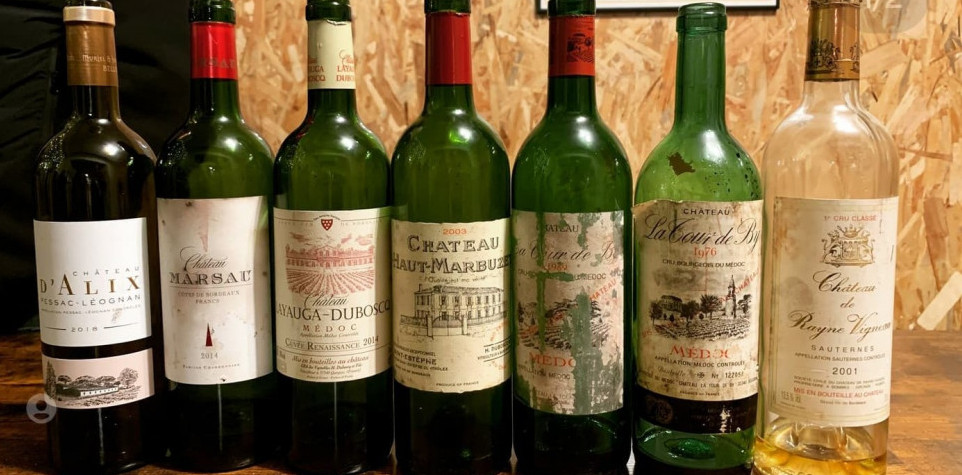
French wine from Bordeaux
Bordeaux produces some of the most prestigious wines in the world. It is also the LARGEST wine region in France. My WSET teacher would tell me : “Bordeaux is the starting point for everyone who wishes to know more about wines”. So what about the french wine from Bordeaux? What makes its reputation?
Climate
Located in a temperate oceanic climate, Bordeaux also enjoys the Gulf Stream effect, a WARMING ocean current that extends the vegetative cycle of the vine. However, the ocean brings its share of RAIN, and therefore significant humidity. The Landes forest and the coastal dunes make it possible to avoid the worst by protecting the vineyards from storms. Thus, Bordeaux is subject to the VINTAGE effect, and the wines produced be a blend of several grape varieties. Indeed, it would be too risky to count on only one…
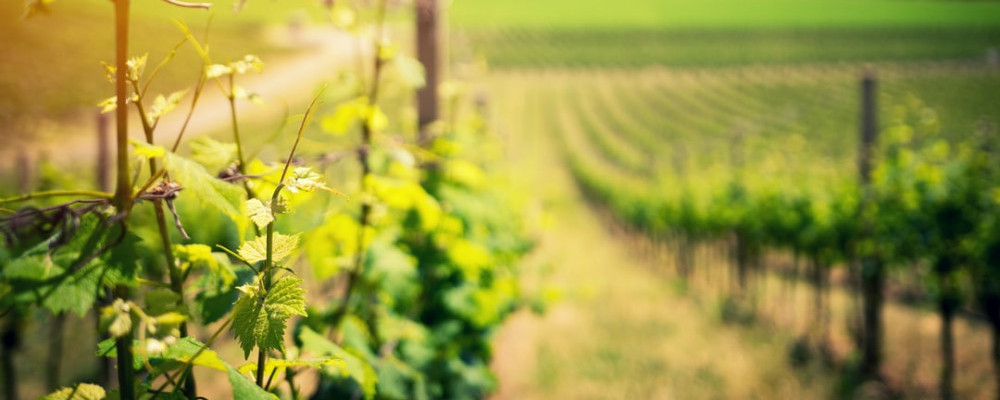
The grape varieties: 13 are allowed, three dominate in red, two in white
Just like the Châteauneuf, the regulations allow THIRTEEN grape varieties, however three largely dominate. The stony and gravelly soil helps to WARM the vineyards of Haut-Médoc, Médoc and Graves, allowing Cabernet Sauvignon to reach its full maturity in these regions. It also represents three-quarters of the blend of the best wines. Cabernet Franc is also present in the Médoc and Graves but predominates in the Saint-Emilion, whose soils are also well DRAINED. It produces wines with a little less body and can present PLANT aromas in its youth. At full maturity, however, it will be the FLORAL and fruity aromas that will dominate. Merlot is the most cultivated grape variety in Bordeaux and dominates in the great wines of Saint-Emilion and Pomerol. Indeed, unlike Cabernet Sauvignon, it prefers clay soils, cooler, characteristic of these regions. Finally, Petit Verdot is not one of the three dominant grape varieties, because it needs a lot of heat to reach maturity. However, this allows it to produce very colorful tannic wines that age SLOWLY. It is often present in blends, in small quantities, to bring tannins, colors and some spicy notes precisely.
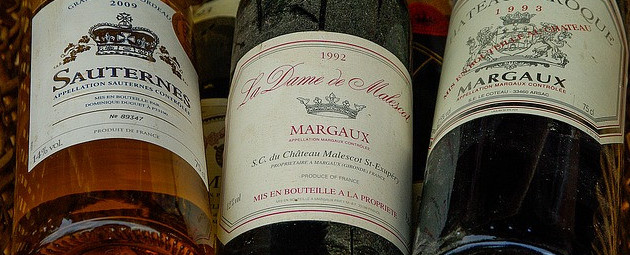
In Bordeaux, Sauvignon Blanc, which has aromas of citrus and green fruit, is an EXCEPTION because it is at the origin of wines produced in mono varietals. It is sometimes blended into sweet wines to which it brings a strong acidity. Sweet wines are often a blend of Semillon with a hint of Muscadelle, which offers aromas of fresh grapes and flowers. Indeed, the semillon is the most widespread for the elaboration of SWEET wines because of its thin film more prone to botrytis. It is also blended in the dry wines of Pessac-Léognan and Graves, to which it brings body.
Designations and classifications – a very complex region
The Bordeaux vineyards are divided into THREE main areas: the Médoc, west of the Gironde, as well as the Graves and Sauternes south of the Garonne, the Entre-Deux-Mers, which extends between the Dordogne and the Garonne and Saint-Emilion and Pomerol, north and east of the Gironde and Dordogne. The first form the LEFT BANK and the last the RIGHT BANK. Where the numerous designations in Burgundy are clearly hierarchized, the 50 appellations of Bordeaux are not. Indeed, the Bordeaux classification system is not linked to that of appellations. It is therefore better to consider the latter according to the style of wine that is produced.
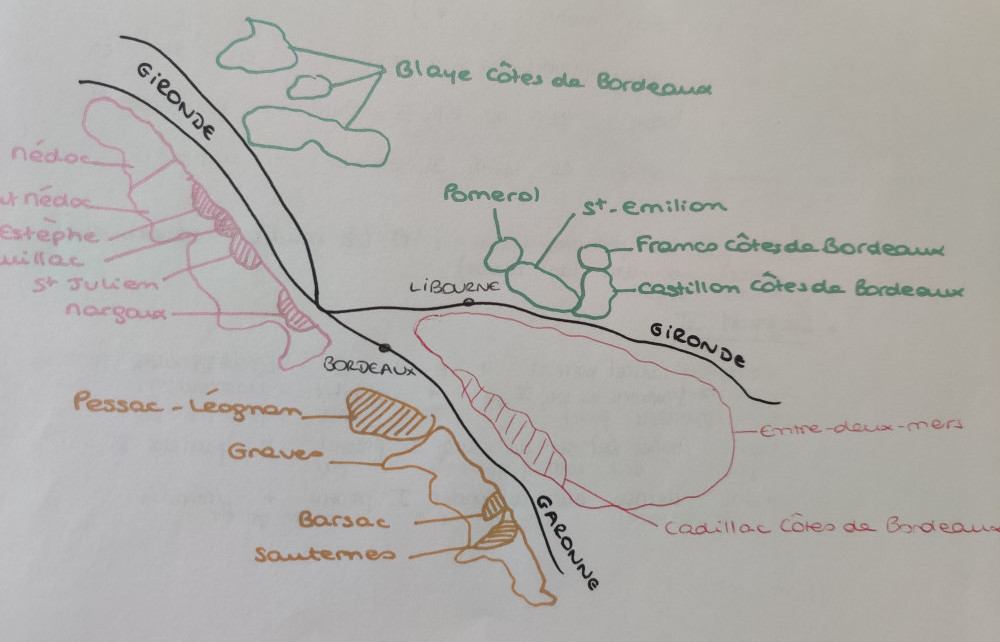
There are TWO generic designations : Bordeaux and Bordeaux supérieur. The best are medium-bodied wines, with aromas of red and black fruits, and sometimes notes of wood, and are best drunk young. The best rosés (Bordeaux clairet) are fresh and fruity, and more color than those in Provence. The white wines are essentially made of Sauvignon Blanc and offer herbal notes.
Now to the regional designations. In the red wines department, on the Left Bank, there are FOUR regional designations : Médoc, Haut-Médoc, Pessac-Léognan and Graves. The former, whose soil is mainly made from clay and gravel, has Cabernet-sauvignon dominating blends with a large proportion of Merlot. The best wines come however from the second : Haut-Médoc. This designation encompasses FOUR COMMUNAL designations : Saint-Estèphe, Pauillac, Saint-Julien and Margaux. Cabernet Sauvignon largely dominates these blends and wines usually offer black fruit aromas, such as blackcurrant, and smoked notes due to the aging in oak barrels. These are wines to be left to age in bottles for a few years in order to let the tannins melt. Although the soil is the same as in Haut-Médoc, the third designation, Pessac-Léognan, produces complex but lighter and more aromatic wines. Last, Graves’s wines are less complex than the latter and have a larger proportion of Merlot.
Still, in the red wine department, let’s cross the Gironde. On the Right Bank, where Merlot is the dominating grape variety in the blends, there are THREE regional designations : Saint-Emilion, Pomerol and Côtes de Bordeaux. The former, the largest, actually has THREE different types of soils : well-drained gravel-limestone soil in the north-west, clay-limestone soil in the south and sandy soil. The best wines come from the first two terroirs, and thanks to the dominating Merlot, the wines produced will be richer in red fruit and plum aromas. While aging, they will offer wood and tobacco notes. Concerning Pomerol, my teacher used to say “there is no bad wines in the Pomerol designation“. True or not, these wines tend to be richer and fruitier and spicier notes. Last, Côtes de Bordeaux encompasses less know designations such as Blaye, Cadillac and Castillon. Usually Merlot-dominated (we are on the Right Bank after all), they usually should be drunk in their youth.
Now what about the whites? As said earlier, Bordeaux is home to dry AND sweet white wines. The most famous are the latters of course. But let’s start with the dry wines : they can come from THREE designations : l’Entre-deux-mers, Graves and Pessac-Léognan. The best come from the LAST. This medium to full-bodied wines are usually a blend of Sémillon and Sauvignon Blanc and have been aged partially in oak. Concerning the sweet wines, the best come from Sauternes and the infamous Câteau d’Yquem of course. The vineyard lies in the south, on the Garonne border which favors botrytis. The wines are sweet, of course, but with high acidity, enabling them to age well, with light citrus and pronounced apricot aromas with notes of vanilla and toast due to the oak.
ANECDOTE : In Sauternes, we produce on average one glass of wine per vines whereas in the rest of Bordeaux, we produce about 1 bottle per vines.
Some wineries…

This first vintage Château d’Alix of Pessac-Léognan was born in 2012 after the takeover of the estate in 2008 by a couple of owners of Graves. The 2018 vintage is half Cabernet sauvignon and half Merlot. This intense garnet-coloured wine offers cherry aromas with toasted and vanilla notes. This full-bodied wine with fruity flavors leaves a long-lasting impression on the palate.
Curiously enough, the Château Marsau 2014 is a mono varietal wine : Merlot only! This winerie belongs to the Francs Côte de Bordeaux designation. This intensely coloured-wine offers aromas of black fruits with toasted notes. On the palate, it is velvety while remaining lively and full of freshness thanks to its high acidity. The finish is long and gourmet.
Château Haut-Marbuzet : This time, we are in the Saint-Estèphe AOC. The story starts in 1848 from the fragmentation of the Mac-Carthy family estates. Hervé Duboscq purchases the Château Haut-Marbuzet. His son buys Château Mac-Carthy in 1988 reuniting the two estates. The Château Haut-Marbuzet 2003, with aromas of red fruits and woody notes and gingerbread, is structured by fine tannins in the mouth. Its finish is long and elegant.
Château Layauga-Duboscq : Layauga Castle was first established in 1881; However, 80 years after, the property is dismembered. In 1994, michelin-starred chef Philippe Jorand bought 2 ha in the heart of the old vineyard. In 2006, he entrusted the exploitation of the vineyard to a large Bordeaux owner … Henri Duboscq! (Remember him?). This full-bodied wine lets the Merlot fully express itself with fruity aromas and toasted notes.
La tour de By : its first owner was the Lord of the Fief of By in 1599, it was then called la Roque de By. It passed from one family to the next until its acquisition by Mr Pagès, Lapalu and Cailloux in 1965. A year later, Marc Pagès asks his friend Professor Émile Peynaud to join him, and in 1977, they enter the Union des Grands Crus de Bordeaux classification. In 2003, it becomes a Cru Bourgeois. Today, it belongs to the third generation of the Pagès family. Their cuvée “Château de la Tour de By” is a blend of Cabernet Sauvignon (60%), Merlot (35%) and Petit Verdot (5%), true to the AOC Médoc requirements! Rich, colorful and powerful, its aging in bottle enabled it to develop its fruity aromas.
Château de Rayne Vigneau : This story goes back to the XVIIth Century. In 1855, the official classification of 1855 places the Vigneau among the first growths of Sauternes and in 1867, it is second in line after Château d’Yquem. However, the estate is divided in 1961. Between 2004 and 2015, Château de Rayne Vigneau belonged to CA Grands Crus, a subsidiary of the Crédit Agricole Group and today, it has since been bought by Trésor du Patrimoine. Their 2001 vintage is a blend of Sémillon (74%), Sauvignon Blanc(24%) and Muscadelle (2%). This intense golden-colored wine offers aromas of dried tropical fruits and honey notes. On the palate, it has flavors of orange marmalade and long finish with spicy notes.
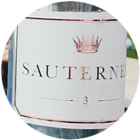
Sauternes Yquem N°3 : a perfect example of a Sauternes described above! This cuvée is actually called “cuvée du personnel”, because they used to be reserved for employees of the LVMH group. This wine was made by blending different vintages from 2011 to 2016 of Château d’Yquem.
Bordeaux has SO much to offer in terms of styles! It may be home to the most PRESTIGIOUS wines, it is also home to more modest ones so there is a wine for EVERY budget. With all the different styles, you could pair a WHOLE meal (several actually) by staying in the area. So let me know about YOUR discoveries and the wines you loved MOST!
And I will leave you with a few words from Brillat-Savarin : “Dites-moi, que préférez-vous un vin de Bordeaux ou un vin de Bourgogne? — Voilà, Madame une question pour laquelle j’éprouve tellement de plaisir à scruter, que je reporte semaine après semaine le prononcé du verdict!” (“- Tell me, what do you prefer, a Bordeaux wine or a Burgundy wine? This, Madam, is an issue on which I take such pleasure in scrutinizing, that I postpone the verdict week after week.”)




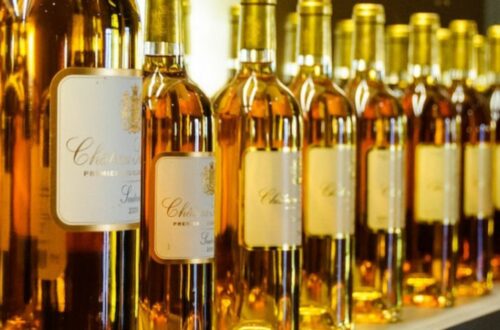
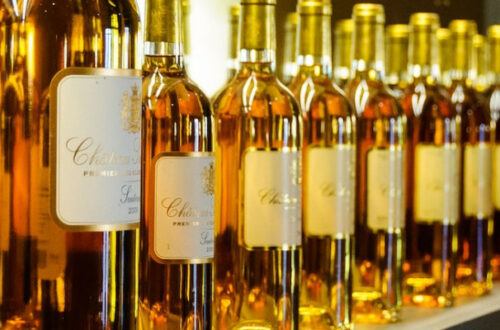
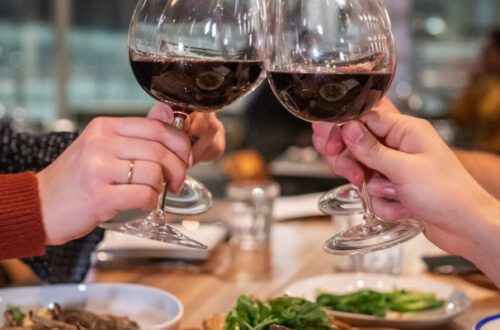
2 Comments
Stephen Sand
Appreciate your expertise
Mademoiselle
Thank you Stephen!